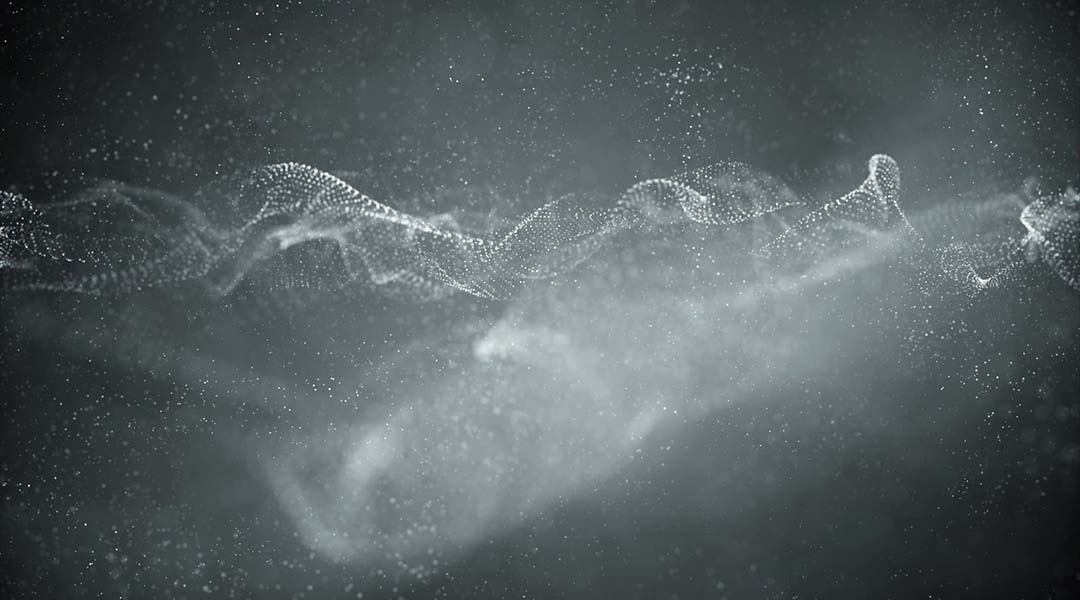Researchers at the University of Heidelberg and the Max Planck Institute for Medical Research, Germany, are using sound to assemble matter in a one-shot approach. The technique, published in Science Advances, looks to revolutionize the way we approach additive manufacturing.
“Contrary to 3D printing, where a specific ink is ejected and cured, our method assembles an object from smaller parts,” said the study’s first author, Kai Melde. Where traditional layer-by-layer assembly methods may require multiple steps, here the assembly takes place in a single step using sound.
Sound waves exert forces on objects they impact. We all experience this every day, often without realizing it. The vibration that permeates your body when you stand by a speaker playing heavy bass is a good example — just like waves at a beach, you are feeling pressure as the waves hit you. The “bigger” the wave, the higher its amplitude, the more pressure it can exert.
The team led by Peer Fischer, professor of experimental physics at Heidelberg University, use this pressure as the driving force to assemble matter.
Holograms help
Your favorite sci-fi movie might have holograms made of light, but in the current study, the 3D shapes are made from holograms of sound. The sound waves are generated and then pass through 3D printed plates specifically designed through a complex computational routine to alter the waves’ phase in a precise way. This is done by varying the thickness of the printed plates, to create a surface topography that imparts the correct phase at each point, such that the waves diffract into a specific pattern.
The result is a pressure image in space depicting the desired structure. As mentioned previously, these waves exert a pressure that depends on their amplitude. “The holograms together form a 3D image of sound amplitude,” said Melde. “We cannot hear it, but we can measure it using hydrophones, which are specialized microphones for use underwater.”
This can be exploited to move particles to specific positions within the printing volume — here a body of water — such that they arrange into the structure pre-designed by the hologram. “Because of how [they] are oriented, the sound waves come from different directions and the particles are trapped (or tweezed) around the focal points,” explains Melde.
The technique could prove useful for most materials that have a positive acoustic contrast factor in water — the factor which determines if and how particles in a non-viscous fluid will be affected by standing waves. Particles with a positive acoustic contrast factor move toward pressure nodes in the medium, while those with a negative contract factor move to the anti-pressure nodes. This concept allows precise tuning of the arrangement of particles depending on their behavior in the given medium.
In the study, the potential of this technique is demonstrated with silica gel particles, hydrogel beads and even biological cells. The complexity of structures that can be fabricated with this technique is dependent on the number of holograms — more are better — as long as the shape can be encoded in a way that can be computed into a hologram.
The researchers were able to assemble solid silica gel particles into complex 3D polyhedral geometries as well as helical structures, while assembly of hydrogel beads loaded with fluorescent dye allowed for imaging with fluorescence microscopy.
Toward tissue engineering
The potential to accommodate various materials and fabricate structures rapidly leads to many potential applications. The authors envision its use in medical therapy, targeted drug delivery, and neurostimulation, for example. The sound waves used in the study are not harmful to cells but could, for example, penetrate the thickness of a human skull to generate specific pressure inside.
“I think this method is especially useful for 3D cell cultures,” said Melde. “At the low intensities we operate at, ultrasound is benign to biological cells.” This means that throughout the assembly process, the cells are not damaged by the external stimuli. “My goal is to develop this technology into a new tool for tissue engineering,” he concludes.
One clear benefit of this technique is rapid fabrication time, which is independent of the size of the desired architecture. Future optimizations will look toward stabilizing the structures after they are assembled. The material remains in place while the sound field is switched on, but once it is switched off the particles begin to sediment.
Therefore these structures need to be fixed in some way. The current solution is a slow-curing hydrogel medium but researchers imagine a future iteration that could incorporate a photoinitiator into a crosslinkable hydrogel to stabilize the constructs using light. Optimization of this technology could lead to the creation of complex structures from various materials, including biological tissues, in a rapid, one-step approach.
Reference: Kai Melde, et al., Compact holographic sound fields enable rapid one-step assembly of matter in 3D. Science Advances (2023). DOI: doi/10.1126/sciadv.adf6182
Feature image credit: Tomislav Jakupec from Pixabay

















